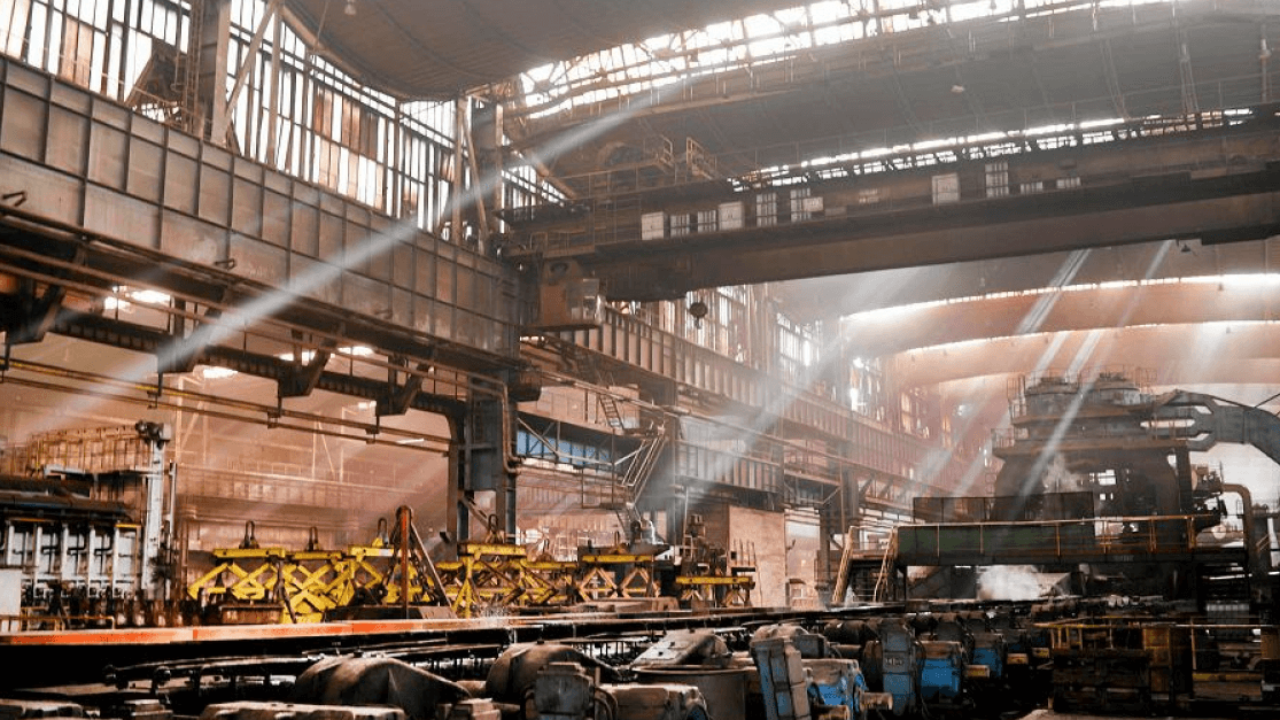 |
| Huta Czestochowa |
Poland’s Huta Czestochowa steelworks is set to resume production on January 20, 2025, marking a significant development for the domestic plate market. The plant, which has an annual capacity of one million tonnes, had ceased operations in October 2023 following the bankruptcy of its former owner, Liberty Steel.
Short-Term Lease and Strategic Importance
The state-owned coking coal exporter Weglokoks has leased the facility for an initial four-month period, with an option to extend. Maintenance work on the plant’s electric arc furnace and rolling mill has been successfully completed, enabling production to restart. The first steel batches underwent quality testing earlier in January.
Huta Czestochowa’s return highlights its strategic importance in producing heavy plates for defense, mechanical engineering, and renewable energy applications. Weglokoks holds the first refusal to purchase the site, but other bidders, including Ukraine-based Metinvest, are expected to compete in a tender for the long-term lease.
Boost to Domestic Plate Supply
The plant’s restart is expected to significantly enhance domestic plate supply, reducing Poland’s reliance on imports. According to MEPS market analyst Chris Jackson, Polish plate imports grew by 10.7% year-on-year in the first ten months of 2024, with major suppliers including Czechia, Italy, Denmark, and Finland.
The addition of Huta Czestochowa to existing domestic suppliers, such as HSJ Cognor and Walcownia Blach Batory, will provide Polish buyers with greater procurement options. However, industry experts anticipate initial pricing from Huta Czestochowa to be competitive as the plant seeks to regain market share.
Market Outlook
Central European plate prices are forecast to rise in early 2025 as mills attempt to improve profit margins amidst modest demand growth. However, an oversupply resulting from Huta Czestochowa’s return could challenge these price recovery efforts.
The long-term future of the steelworks remains uncertain, but its restart underscores its critical role in Poland’s industrial landscape and the broader Central European steel market.

